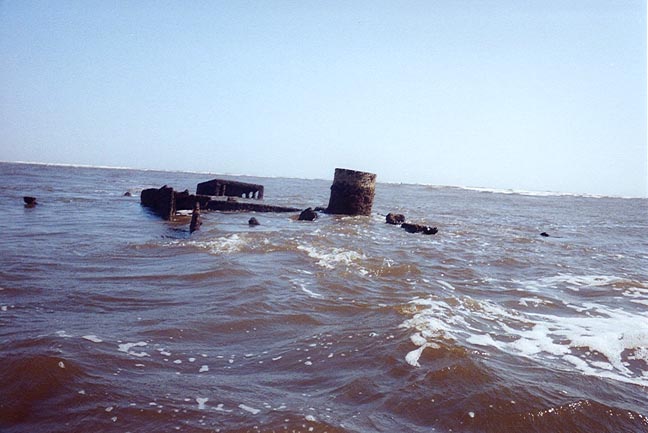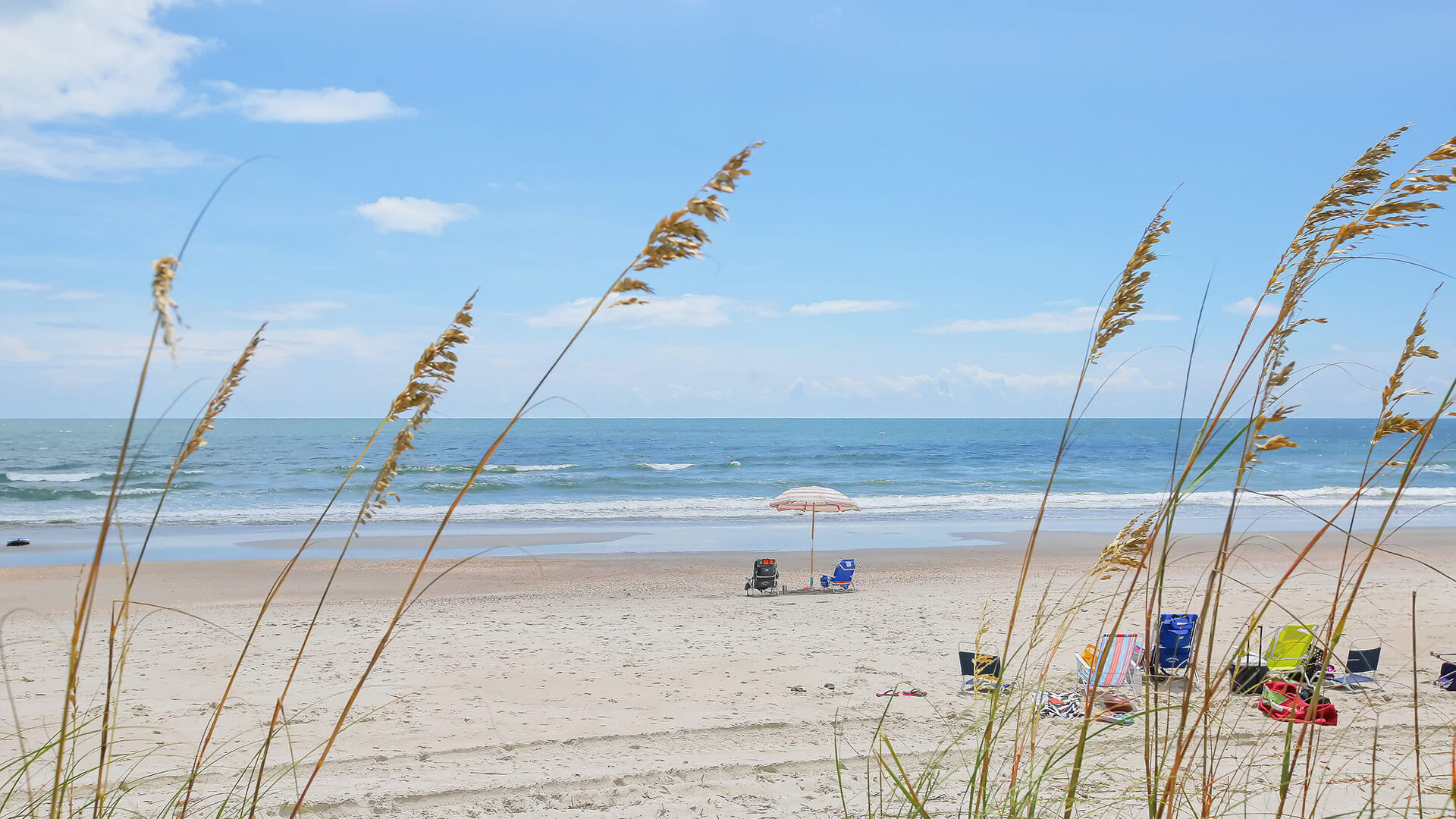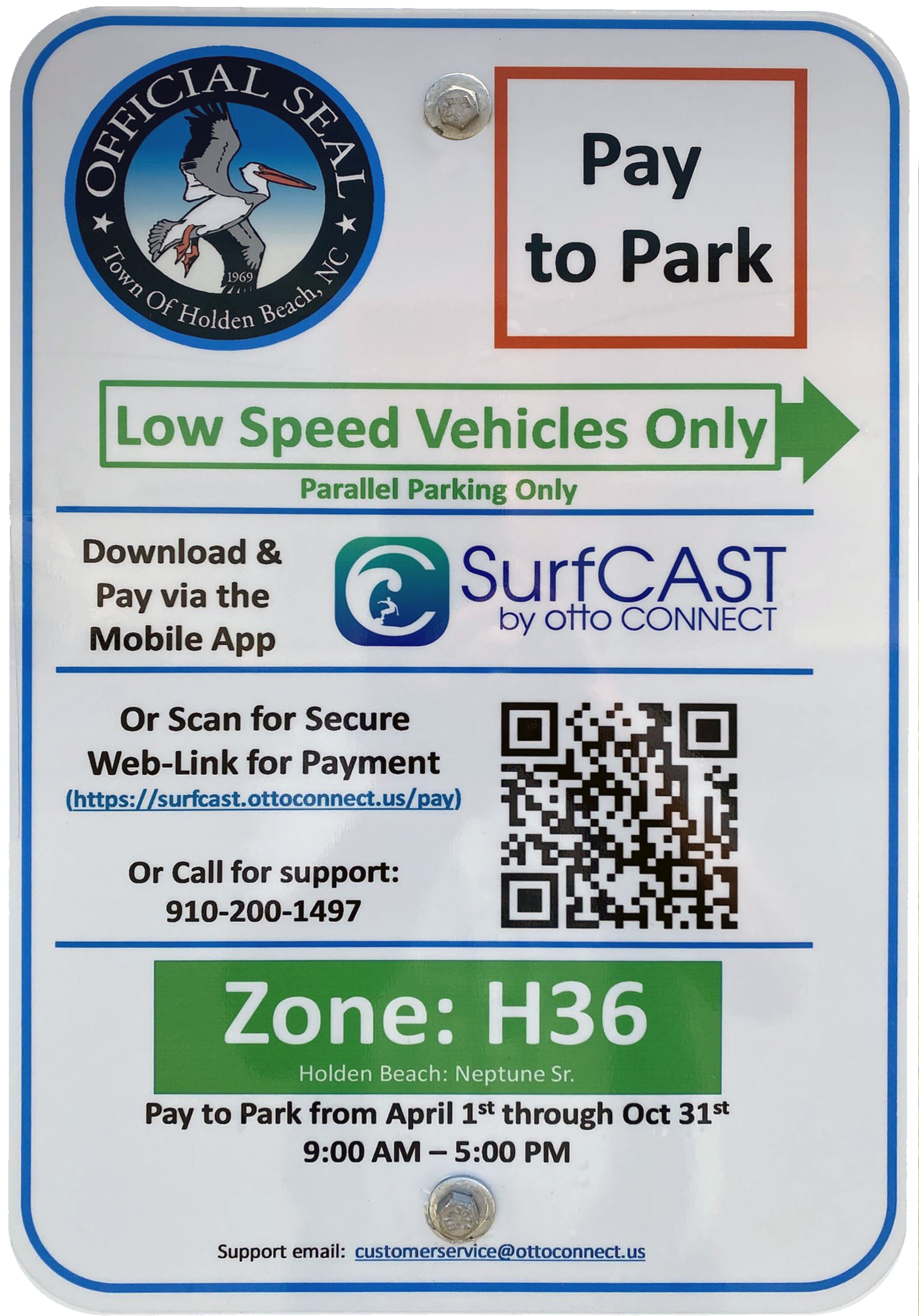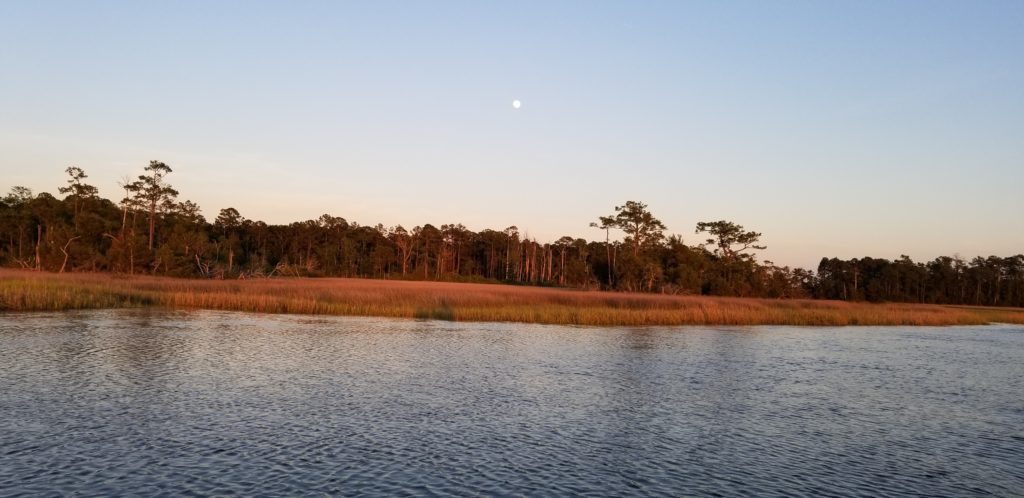If you come to Holden Beach and head east on Ocean Boulevard, you’ll soon pass Rangers Street, Elizabeth Street and Bendigo Street on the right. While they may seem like any other streets, their names are tied to the unique story of the island of Holden Beach and the Civil War. Lets take a walk through Holden Beach history.
Elizabeth, Bendigo, and USS Iron Age
In September 1863, the Confederate blockade runner Elizabeth, a 216 foot, 623 ton sidewheel steamer, headed to the Wilmington port with a load of steel and salt peter, ran aground just off of Holden Beach in the Lockwood Folly Inlet. The crew then set fire to Elizabeth to avoid capture by the Union Army.
In January 1864, the Confederate blockade runner Bendigo, a 178 ton, 162 foot iron-hulled paddle wheeler, returning from Nassau with supplies for the Confederacy, saw the wreck of Elizabeth and thought it to be a Union warship. Bendigo attempted to pass at full speed between the wreckage and the shore. In the attempt, Bendigo ran aground. The captain of Bendigo recruited the help of the locals on Holden Beach and was able to salvage the supplies of the vessel. The captain then set fire to Bendigo and abandoned ship on January 4, 1864.
Days later, the Union sent the USS Iron Age, a 424 ton, 144 foot wood-screw steamer, and USS Daylight to the inlet to attempt to remove Bendigo, but Iron Age was grounded on January 10, 1864 while attempting to remove the wreckage. After efforts to lighten the load and float USS Iron Age failed it was set on fire causing the magazine to explode.
Legend has it, as Holden Beach locals attempted to salvage anything of value from the USS Iron Age, Neil Holden, a Confederate soldier and descendant of the Holden Beach namesake, found a razor in the captain’s cabin. This razor is said to have remained within the Holden family since the Civil War.
Blockade Runner Ranger
Just one day later, on January 11, 1864, the Confederate blockade runner Ranger, a 400 ton iron-hulled sidewheel steamer, was traveling from Murrell’s Inlet to Wilmington and was spotted by Union ships. Ranger was beached one mile west of the Lockwood Folly Inlet on Holden Beach and destroyed by fire. It’s unknown what, if any, supplies were recovered.
Civil War Era Ship Wrecks Today
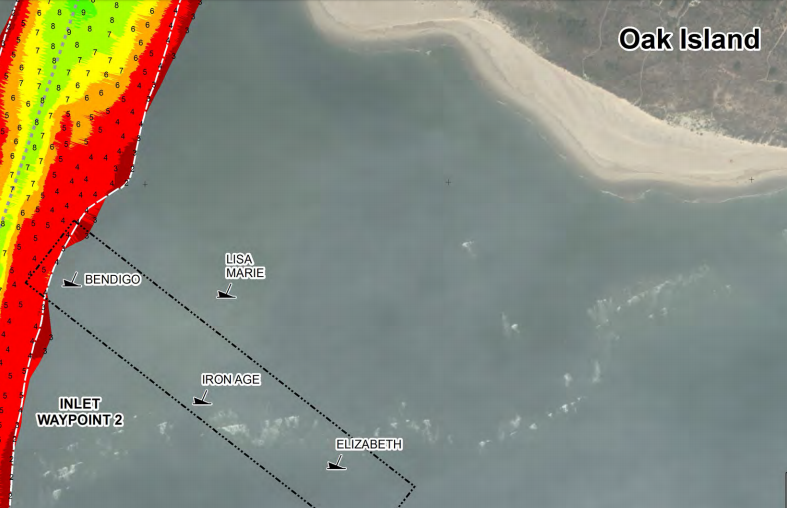
All of these ship wrecks are now listed in the National Register as part of an archeological district. The remains of Bendigo are still visible at low tide if you head to the east end of the island and look out towards Oak Island over the Lockwood Folly Inlet. The wreckage is marked with an orange navigation warning buoy. The ship is easily reached during low tide by swimming, but the wreck is extensively covered in fishing hooks and gear that may present potential hazards.
The next time you’re in town enjoying Holden Beach history, enjoying one of PROACTIVE Vacations great vacation rentals, be sure to check out it’s remains! Contact us today and book your reservation!



